What Type of Aggregate Base is Best for Drainage? A Comprehensive Guide
If you’re wondering what type of aggregate base is best for drainage, you’re not alone. Homeowners, contractors, and engineers alike grapple with this question frequently. Choosing the right aggregate base material is important because it affects the drainage capacity, longevity, and overall performance of your project. In this comprehensive guide, we’ll review the different types of aggregate bases commonly used for drainage, as well as the factors to consider when selecting one.
Understanding Aggregate Bases and Drainage
Before we dive into the different types of aggregate bases, it’s helpful to understand what an aggregate base is and its role in promoting proper drainage.
An aggregate base is a layer of material that is placed on top of the soil and serves as a foundation for paving stones, concrete, or other similar materials. The aggregate base distributes the load of the paving material evenly, preventing it from sinking or shifting over time.
When it comes to building a solid foundation for your outdoor project, one of the most important considerations is proper drainage. Without adequate drainage, water can collect on the surface of the pavement, causing it to crack and deteriorate over time. This can lead to costly repairs or even the need for a complete replacement of the surface.
Proper drainage is essential for any outdoor project, whether it’s a patio, driveway, or walkway. It ensures that water flows away from the surface, preventing damage to the materials and the surrounding landscape. Without proper drainage, water can also cause erosion and other issues that can compromise the stability of your project.
Types of Aggregate Bases
There are several different types of aggregate bases, each with its own unique characteristics and benefits. Some of the most common types include:
- Crushed Stone: Crushed stone is one of the most popular materials for aggregate bases. It’s affordable, readily available, and provides excellent drainage. It’s also easy to install and maintain, making it a great choice for DIY projects.
- Gravel: Gravel is another popular choice for aggregate bases. It’s available in a wide range of sizes and colors, making it easy to find a style that complements your project. Gravel is also highly permeable, allowing water to drain quickly and effectively.
- Sand: Sand is a common choice for aggregate bases in areas with poor drainage. It’s highly permeable and provides excellent drainage, making it ideal for areas that are prone to flooding or standing water.
- Recycled Materials: Recycled materials, such as crushed concrete or asphalt, can also be used as aggregate bases. These materials are environmentally friendly and often more affordable than traditional options.
No matter which type of aggregate base you choose, it’s important to ensure that it’s installed properly. This will help to ensure that your project is stable, durable, and able to withstand the elements for years to come.
Factors to Consider When Choosing an Aggregate Base for Drainage
When it comes to selecting the right aggregate base for your project, there are several factors to consider. Making the right choice can have a significant impact on the drainage capacity of your project, so it’s important to choose wisely.
Material Composition
The composition of the aggregate base material is a crucial factor to consider. Materials like crushed stone or gravel generally have better drainage capabilities than clay-rich soil or organic matter. This is because materials like stone and gravel have larger spaces between the particles, allowing water to drain more easily.
On the other hand, clay-rich soil or organic matter tend to have smaller spaces between particles, making it harder for water to drain. This can lead to water buildup and potential damage to your project.
Particle Size and Shape
The size and shape of the particles in your aggregate base material also play a role in drainage. Larger, angular particles create larger open spaces between them, allowing water to drain more easily than smaller, rounded particles.
Angular particles also tend to interlock with each other, creating a more stable base for your project. This can be especially important if your project will be subjected to heavy loads or foot traffic.
Permeability and Porosity
Permeability and porosity refer to how easily water can pass through the aggregate base material. Materials with high permeability and porosity drain more efficiently than those that are less permeable or porous.
Permeability is the measure of how easily water can pass through the material, while porosity refers to the amount of open space within the material. Materials with high permeability and porosity allow water to drain through quickly, reducing the risk of water buildup and potential damage to your project.
Load-Bearing Capacity
The load-bearing capacity of the aggregate base material is another crucial factor to consider. Heavy loads, like cars or trucks, require a base material with high load-bearing capacity to prevent sinking or shifting.
If your project will be subjected to heavy loads, it’s important to choose an aggregate base material that can withstand the weight without shifting or sinking. This will help ensure the longevity of your project and prevent potential damage.
Overall, choosing the right aggregate base material is crucial for the success of your project. By considering factors like material composition, particle size and shape, permeability and porosity, and load-bearing capacity, you can ensure that your project will have the proper drainage capacity and stability for years to come.
Common Types of Aggregate Bases for Drainage
When it comes to creating a stable and reliable base for drainage systems, choosing the right type of aggregate base material is crucial. The right material can help prevent erosion, improve drainage, and provide a solid foundation for heavy loads. In this article, we’ll explore some of the most commonly used types of aggregate bases for drainage and discuss their pros and cons.
Crushed Stone
Crushed stone is a popular choice for aggregate base material due to its excellent drainage capabilities. It typically consists of a mixture of stone dust and small, angular pieces of rock, which create a stable base that can withstand heavy loads. Crushed stone is available in a variety of sizes and colors, making it a versatile option for a wide range of applications. However, it can be more expensive than other options and may not be the best choice for areas with high traffic or foot traffic.
Despite its higher cost, crushed stone is often preferred by contractors and engineers for its durability and strength. In fact, it’s often used as a base material for highways, roads, and other heavy-duty applications. Crushed stone is also an environmentally friendly option, as it can be made from recycled materials and is often locally sourced.
Gravel
Gravel is another commonly used material for aggregate bases. It consists of small, smooth, rounded stones that interlock to create a stable base. Gravel is a cost-effective option that is easy to install and maintain. It’s also available in a wide range of sizes and colors, making it a versatile choice for many different applications. However, gravel may not be the best choice for areas with heavy traffic or in locations that receive a lot of rainfall, as it can shift or wash away with heavy use or water flow.
Despite its limitations, gravel is a popular choice for many residential and commercial applications. It’s often used as a base material for driveways, walkways, and patios, as well as for landscaping projects and drainage systems. Gravel is also a sustainable option, as it can be made from recycled materials and is often locally sourced.
Recycled Concrete Aggregate (RCA)
Recycled concrete aggregate, or RCA, is made from recycled concrete and can be a sustainable option for aggregate bases. It typically consists of small pieces of concrete that have been crushed into various sizes. RCA is a durable and cost-effective option that is easy to install and maintain. It’s also an environmentally friendly choice, as it reduces the amount of waste sent to landfills and conserves natural resources.
However, RCA may not be the best choice for areas with high traffic, as it can wear down more quickly than other options. It’s also important to note that not all concrete is suitable for recycling, so it’s important to work with a reputable supplier to ensure that the RCA you’re using is of high quality and meets industry standards.
Sand and Gravel Mixtures
Sand and gravel mixtures are a common choice for aggregate base material due to their affordability and availability. They typically consist of a mix of small stones, sand, and clay. Sand and gravel mixtures are easy to work with and can provide good drainage capabilities, but they may not be the best choice for areas with heavy traffic or in locations with high rainfall, as they can shift or wash away with use or water flow.
Despite their limitations, sand and gravel mixtures are often used in residential and commercial applications. They’re commonly used as a base material for walkways, patios, and landscaping projects, as well as for drainage systems and other construction projects. Sand and gravel mixtures are also a sustainable option, as they can be made from recycled materials and are often locally sourced.
When choosing the right type of aggregate base material for your drainage project, it’s important to consider factors such as cost, durability, and environmental impact. By selecting the right material for your needs, you can ensure that your drainage system will be effective, efficient, and long-lasting.
Pros and Cons of Different Aggregate Bases
As with any material, there are pros and cons to each of the different types of aggregate bases for drainage.
Crushed Stone: Advantages and Disadvantages
- Advantages: Excellent drainage capabilities, provides a stable base that can withstand heavy loads
- Disadvantages: Can be more expensive than other options, may not be the best choice for areas with high traffic or foot traffic
Gravel: Advantages and Disadvantages
- Advantages: Cost-effective option, easy to install and maintain
- Disadvantages: May not be the best choice for areas with heavy traffic or in locations that receive a lot of rainfall, as it can shift or wash away
Recycled Concrete Aggregate (RCA): Advantages and Disadvantages
- Advantages: Sustainable option, durable and cost-effective, easy to install and maintain
- Disadvantages: May not be the best choice for areas with high traffic, as it can wear down more quickly than other options.
Sand and Gravel Mixtures: Advantages and Disadvantages
- Advantages: Affordable and available, easy to work with
- Disadvantages: May not be the best choice for areas with heavy traffic or in locations with high rainfall, as it can shift or wash away
Gravel Delivery Online
As you can see, choosing the right aggregate base material for drainage is an important decision that requires careful consideration of several factors. By understanding these factors and weighing the pros and cons of each material, you can make an informed decision that will ensure proper drainage and a long-lasting project. So, when embarking on your next outdoor project, be sure to give careful thought to your choice of aggregate base material!


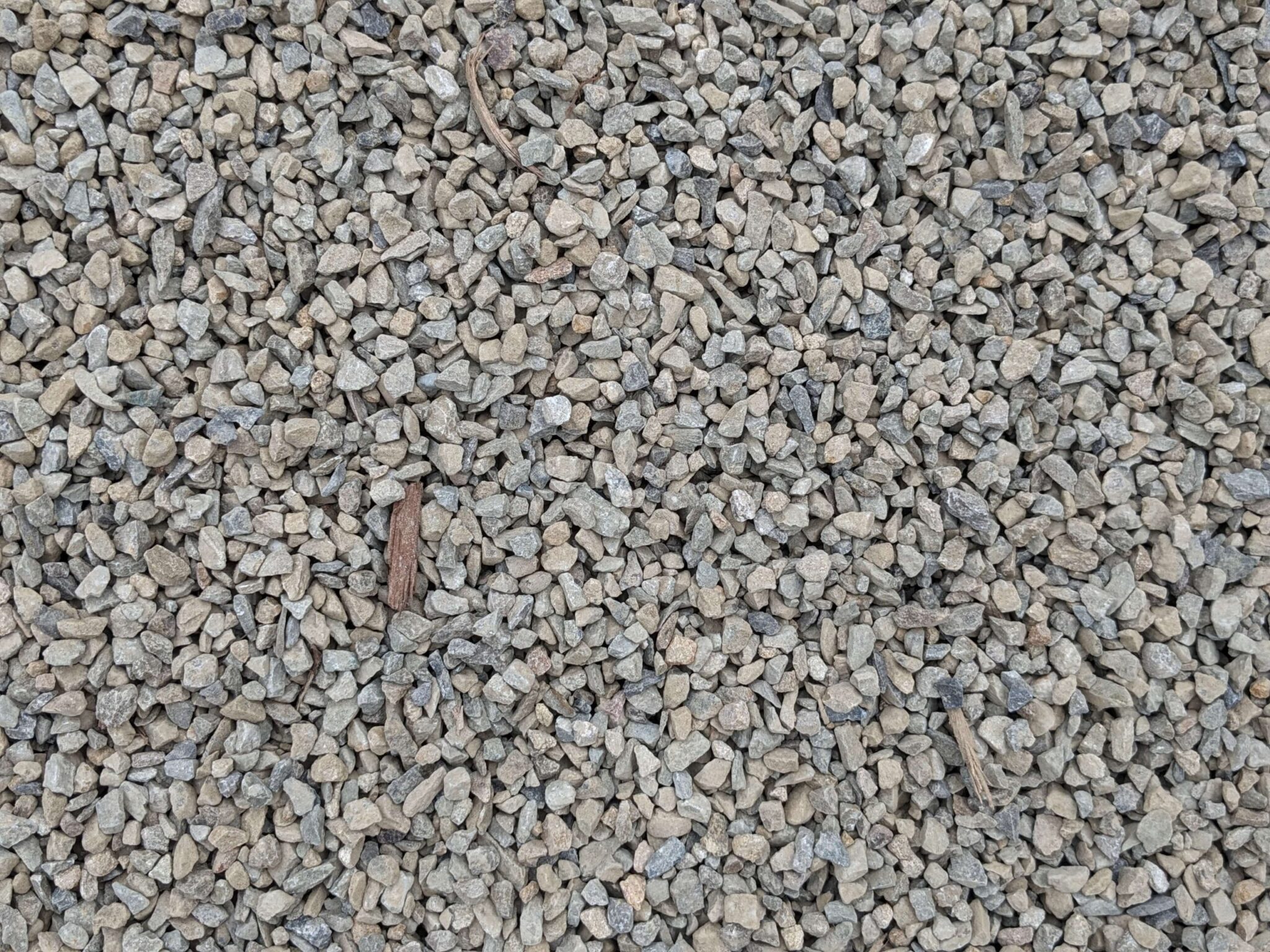
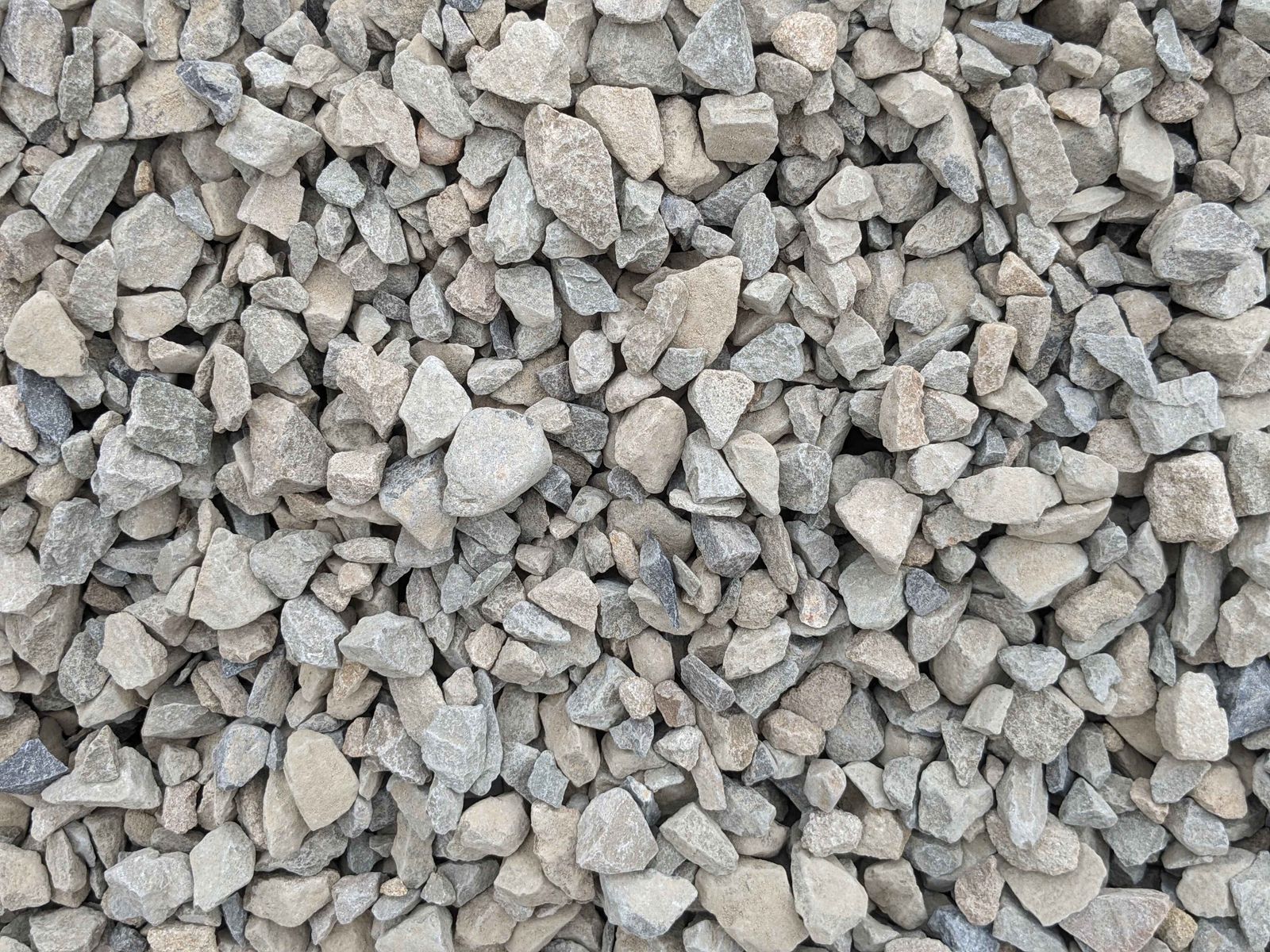
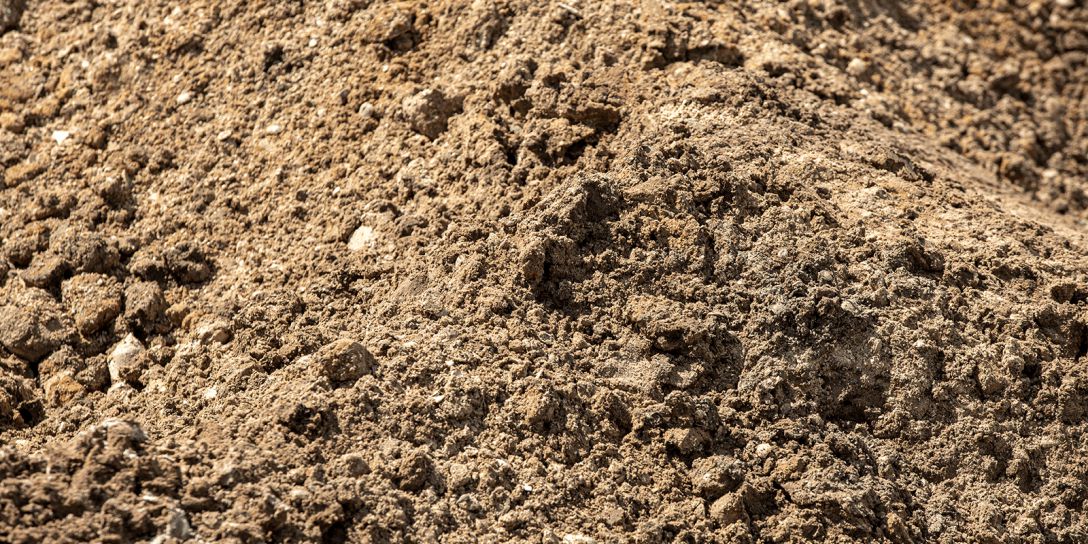
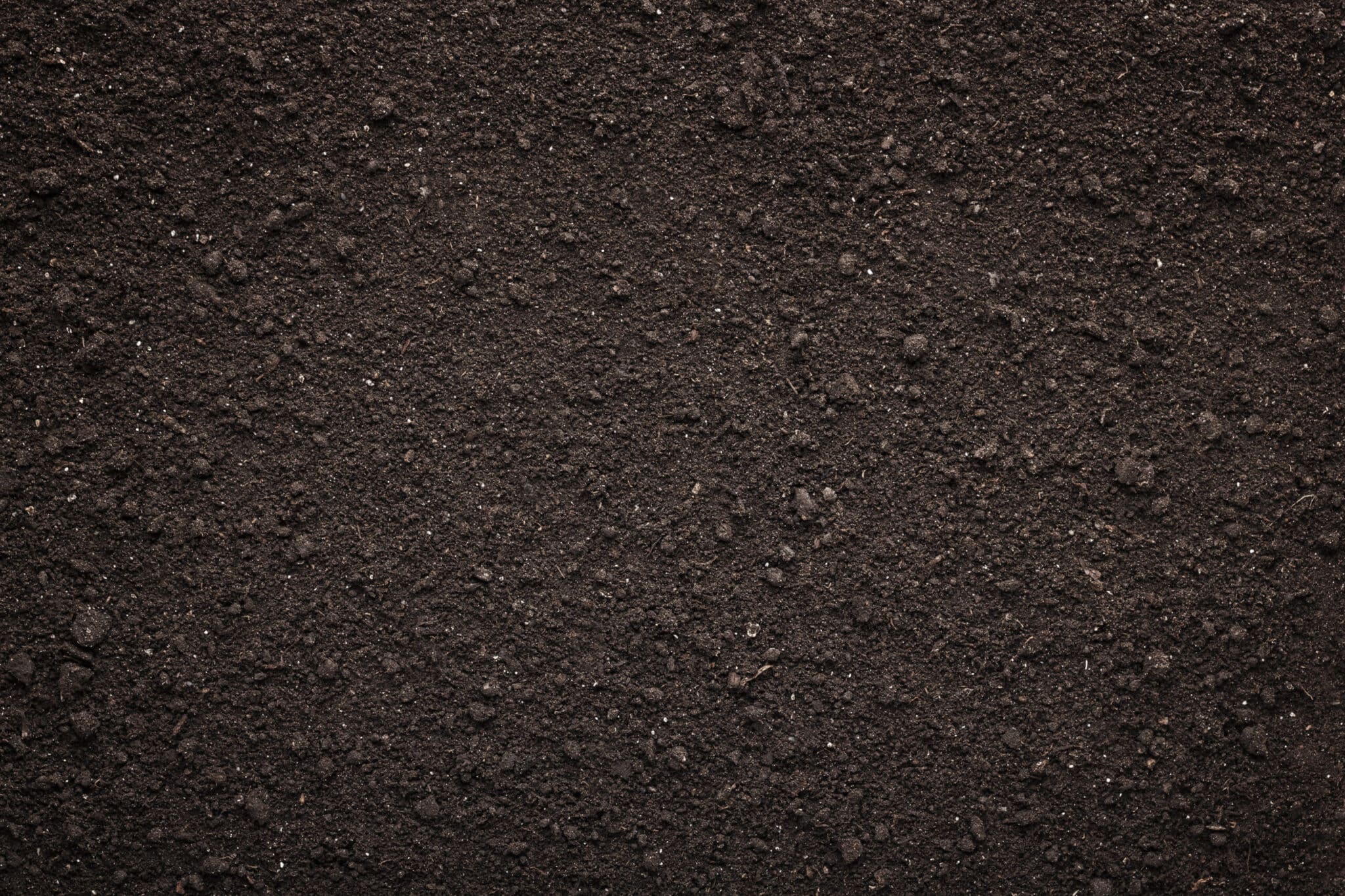
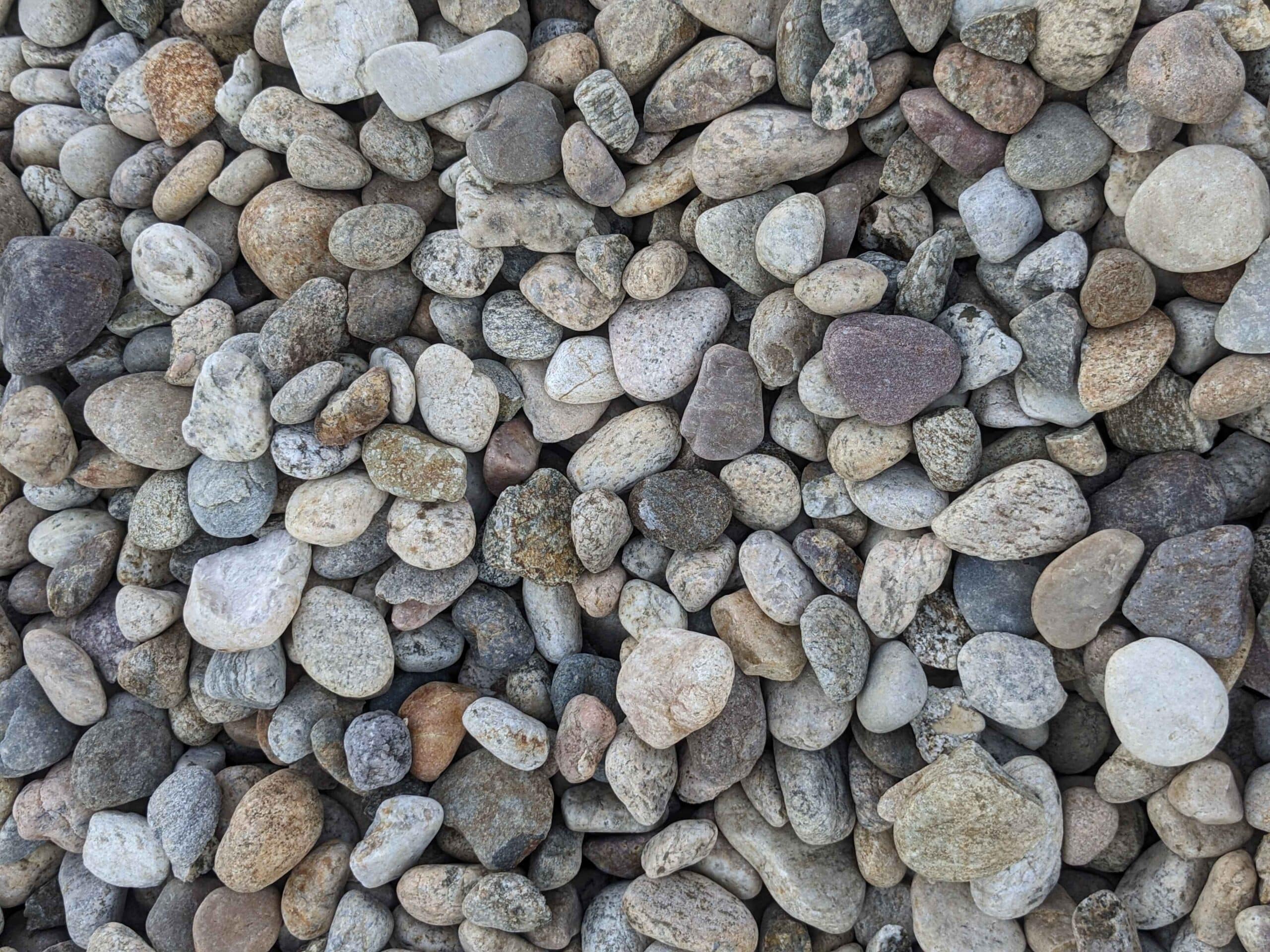

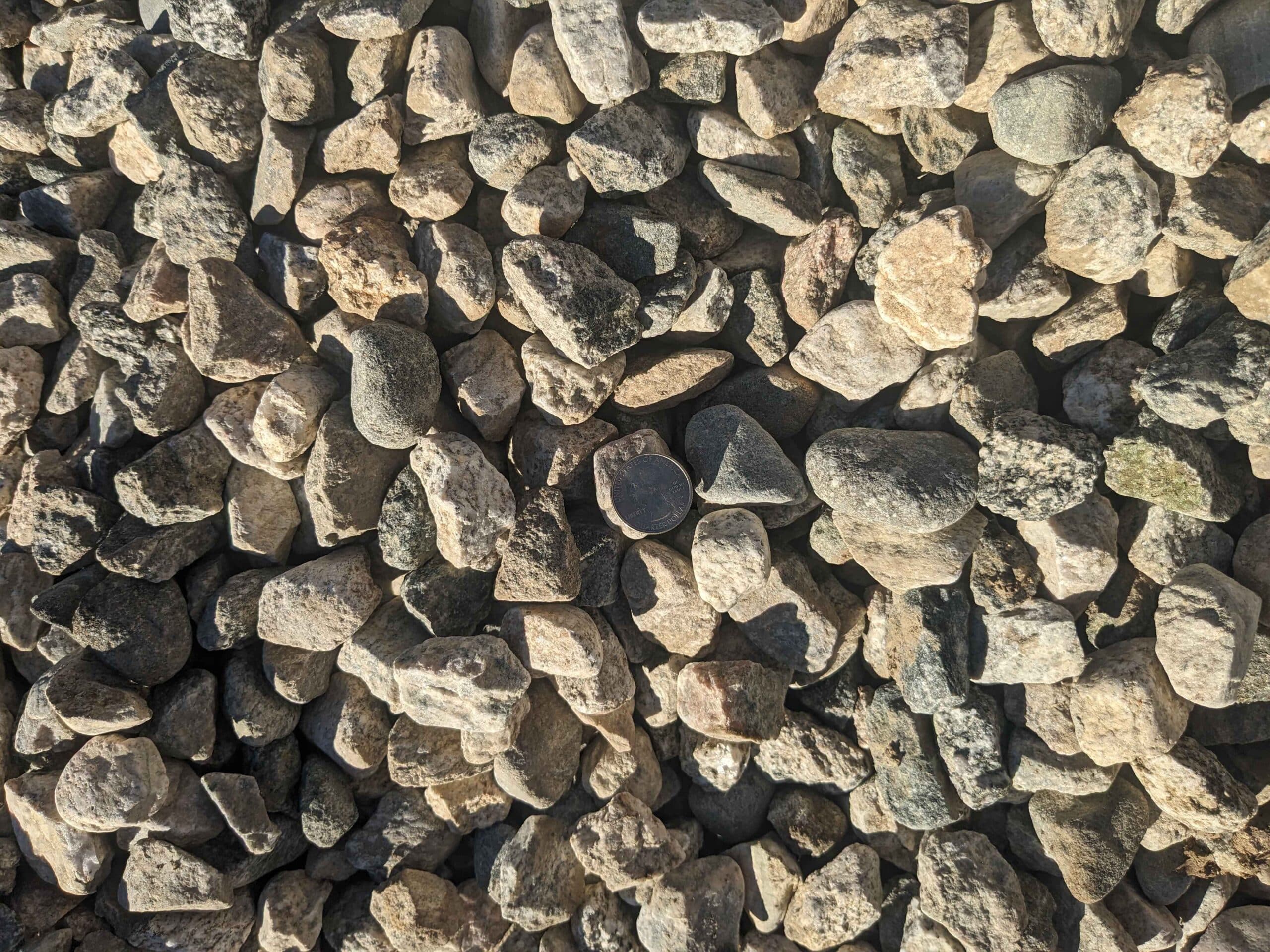
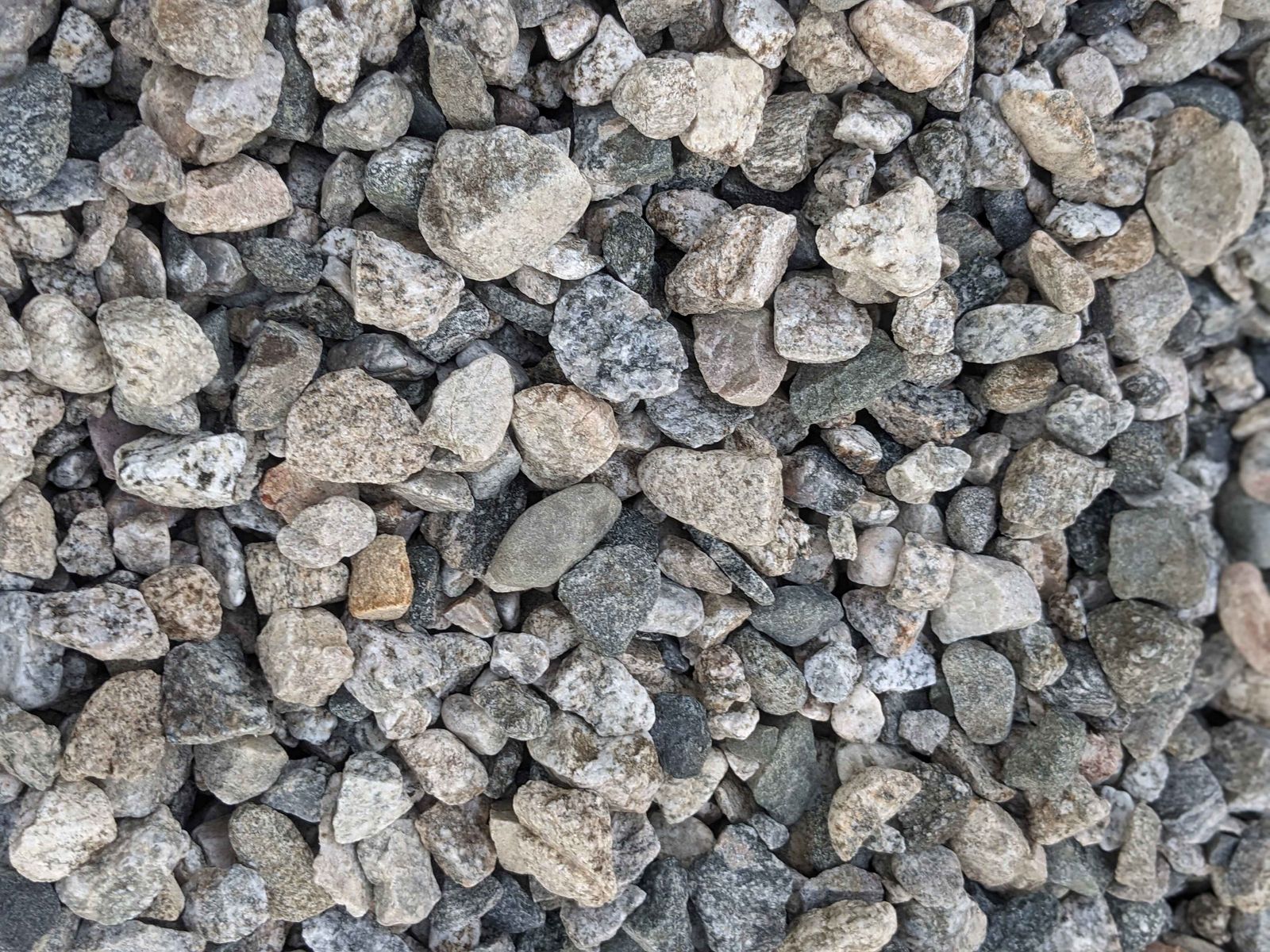
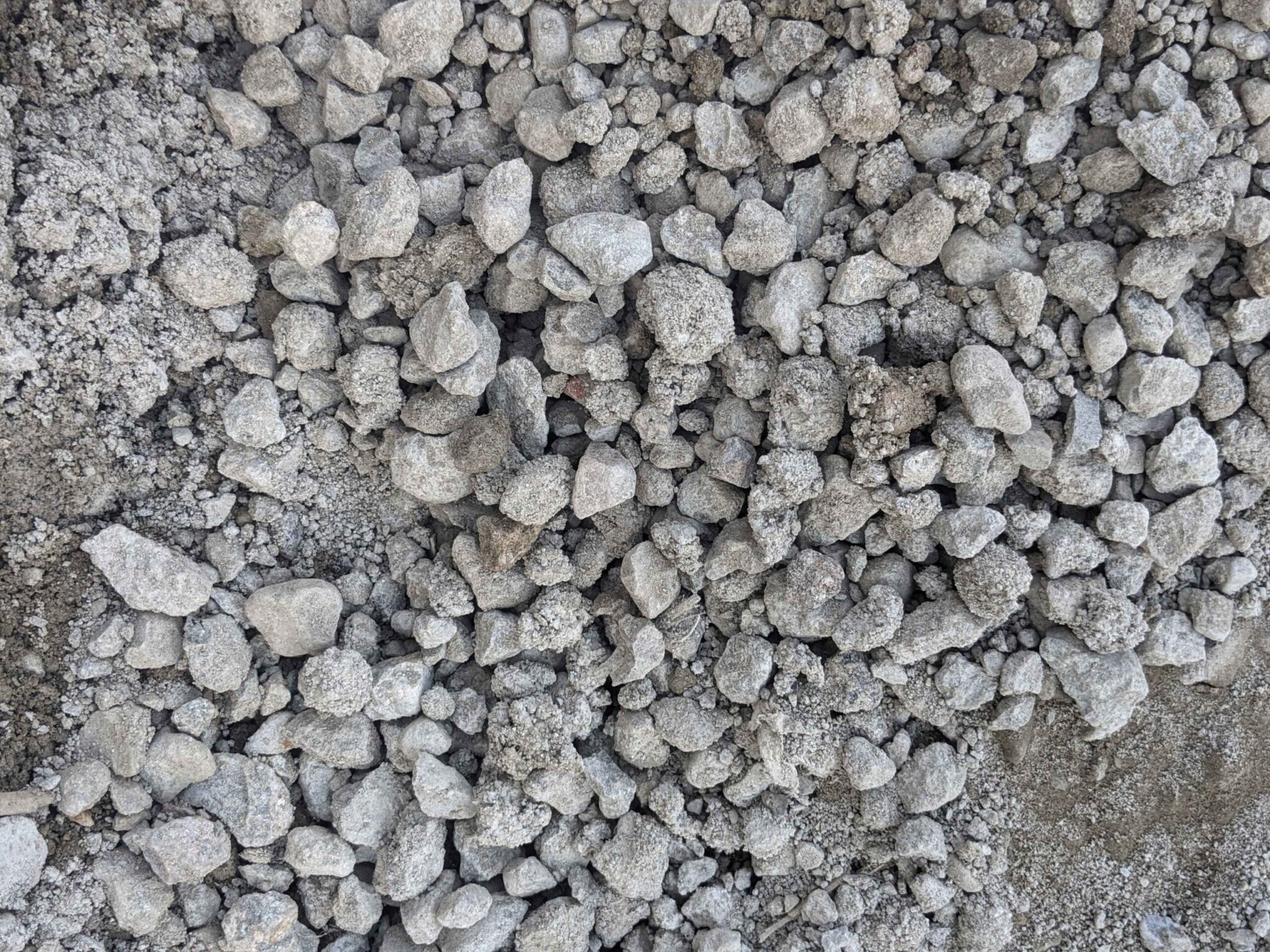
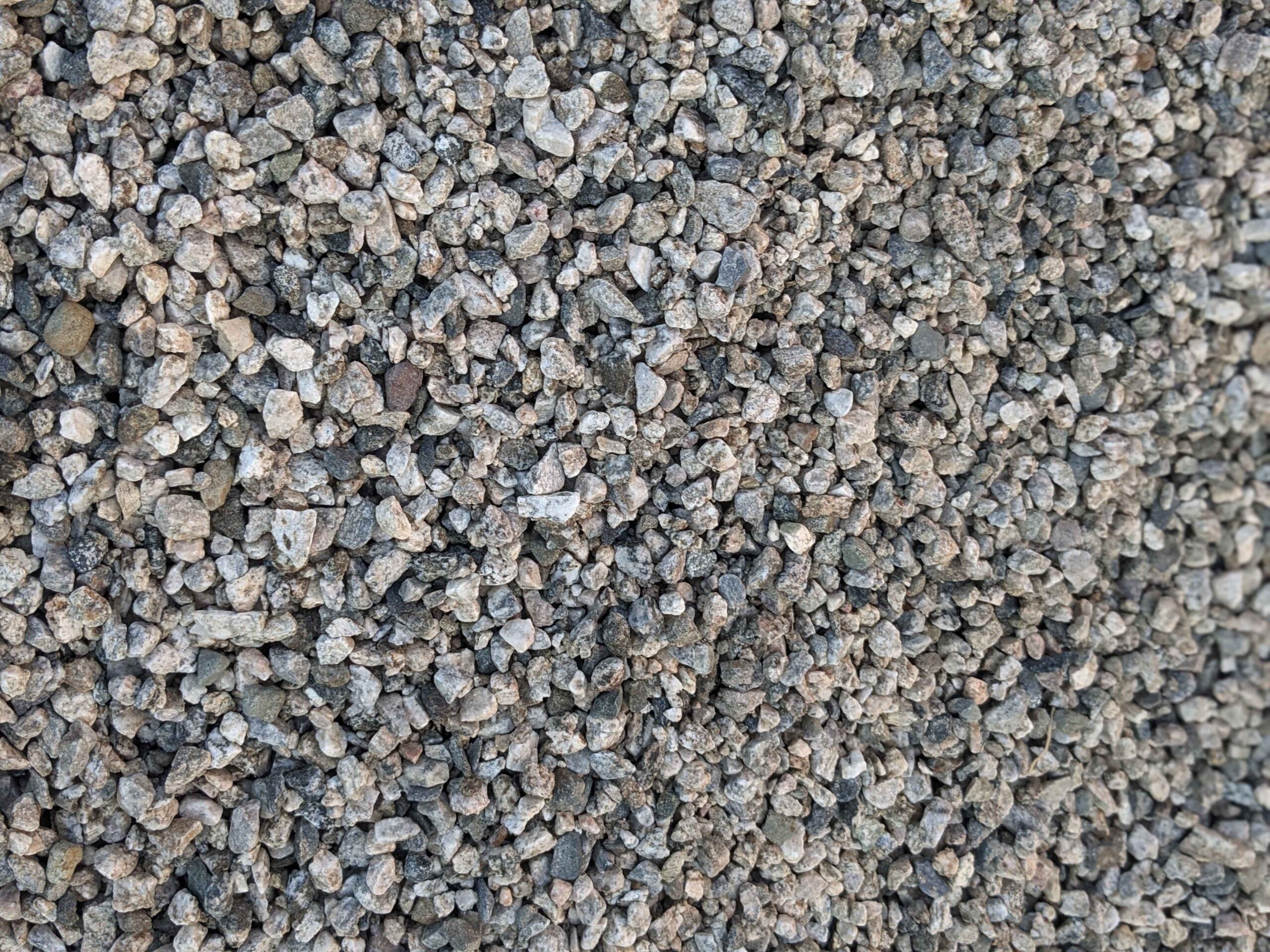
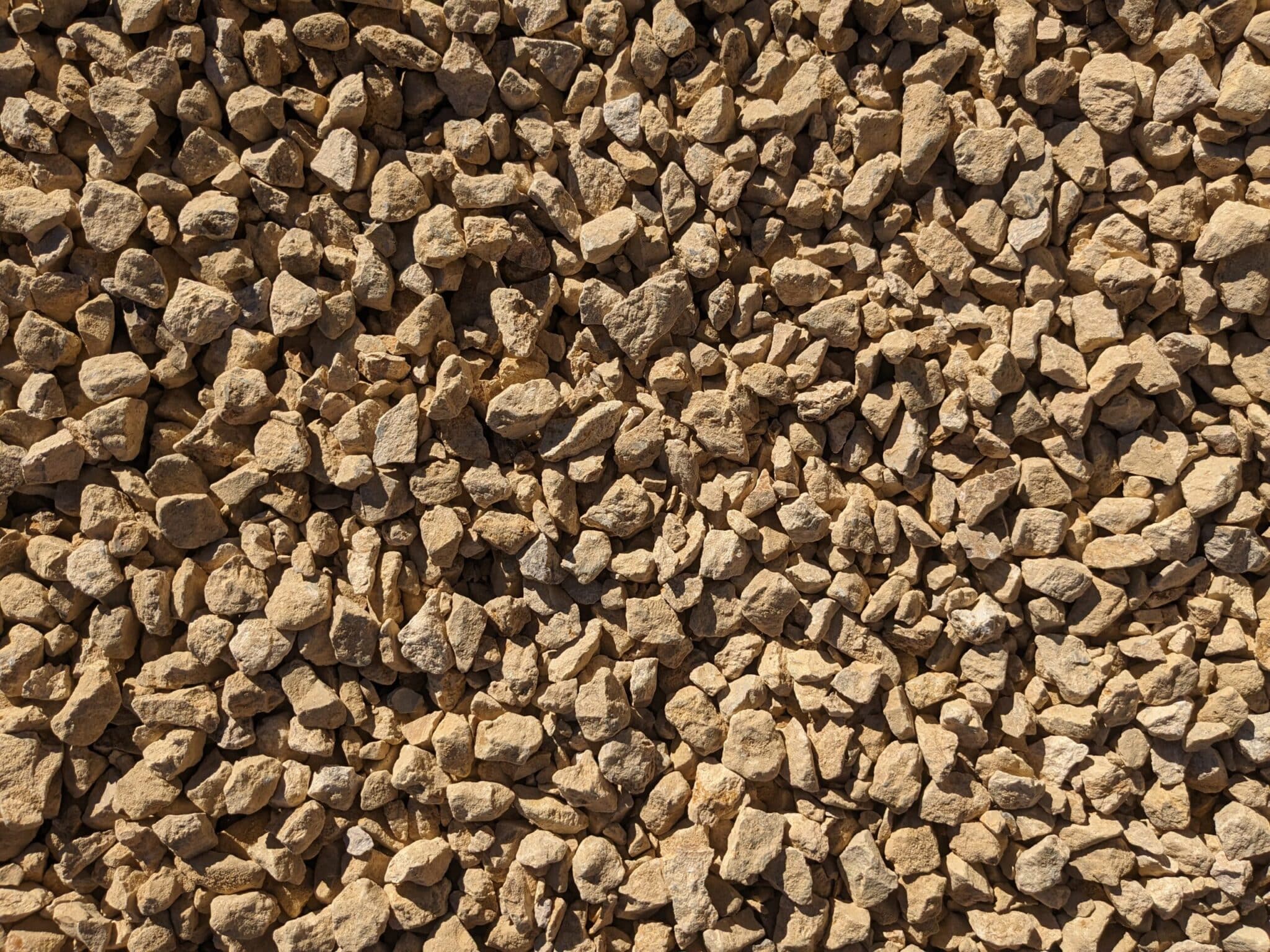
.jpg)
